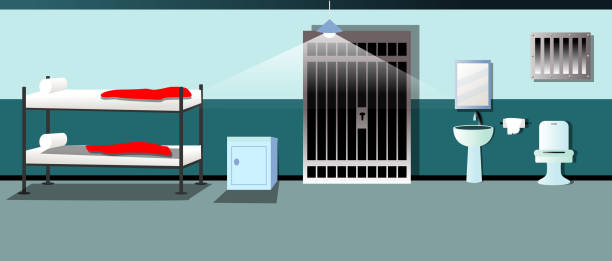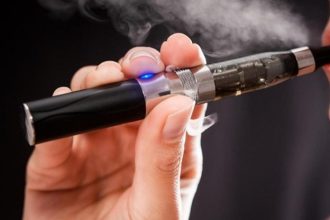Crime remains a problem in America today. Sadly, judges often end up releasing criminals, as there is no room in prison facilities to hold these individuals. For those who are incarcerated, changes must be made to increase their odds of a successful life upon their release. What are some steps prison facilities can take today to increase these odds?
Better Surroundings
Many facilities today could use an upgrade. For example, it may be time for a facility to invest in new jail bunk beds or purchase items that can be used during the prisoners’ recreational time. Often, prisoners are left to their own devices. They spend this time reading, playing games, or engaging in other activities that often don’t lead to their rehabilitation.
It’s time for facilities to invest in items that promote this goal. For example, offering recreational services that will help in the rehabilitation process is beneficial. In addition, these services should focus on reuniting families. In doing so, the facility can increase the odds of the prisoner getting out and doing everything possible not to return.
Work Requirements
Prisons need to make inmates work once again. Doing so provides them with valuable job skills they will need when they are released. Furthermore, having the inmates work may be of help in filling unmet job needs. Doing so will be challenging, as the prison population continues to rise. There isn’t an increase in staff in these facilities, however, so a solution must be found to provide inmates with these opportunities.
Healthier Food
There is a push in Virginia to increase spending on food in prisons. Doing so would provide inmates with a healthier diet and reduce their need to purchase items from the commissary. Many of the purchased foods don’t promote good health, so they should be minimized.
Not only would this change improve the health of the inmates, but it would also lessen the financial burden on low-income families. The legislation is still pending, as there are other considerations, such as security, that must be addressed if this change is implemented, but it is a step in the right direction.
Cognitive-Behavioral Therapy
Providing inmates with cognitive-behavioral therapy is another way to improve prisons while reducing the risk of recidivism. This therapy changed negative and unwanted behaviors by changing the inmate’s thinking patterns, as research shows a person’s thoughts and feeling will influence how they behave. The inmates will learn tools that will help them as they navigate life upon their release.
Educating Inmates
Many advocates push for establishing a school system within the prison system. When an inmate receives an education while behind bars, their odds of returning to prison decrease by 43 percent. Studies show that every dollar the prison system spends on education saves the state four or five dollars on re-incarceration.
Classes should cover a range of topics. Some inmates may pursue post-secondary education while others will learn adult literacy skills. Each inmate benefiting from this program will undergo an assessment to see which classes will be of most use to them.
Every person in America needs to be concerned about crime today. No city or town is immune, so this problem should be addressed on a national level. By taking this broad approach, our country can see a decrease in crime rates together with an increase in productive citizens. Everyone wins when this is the case.















